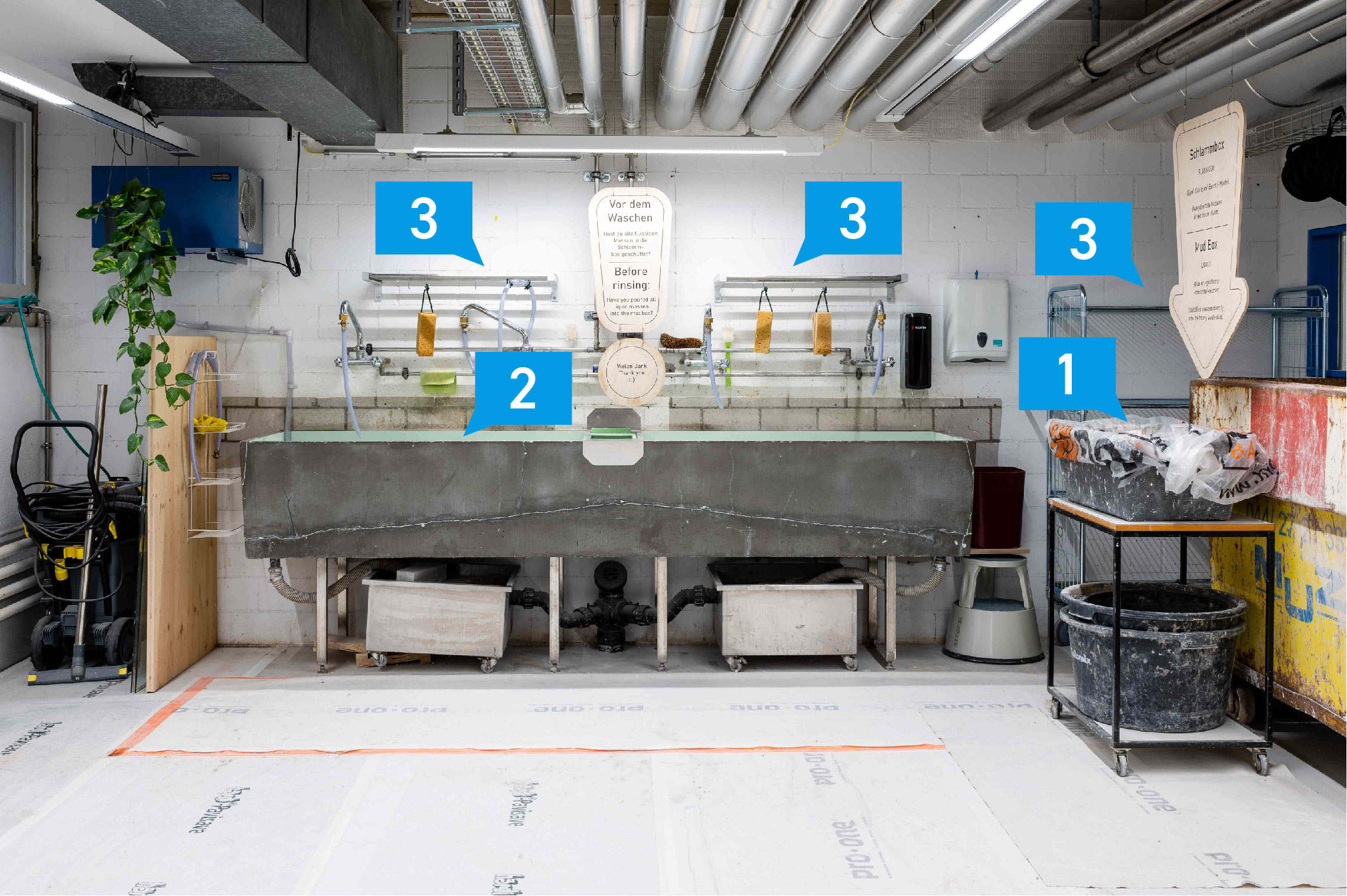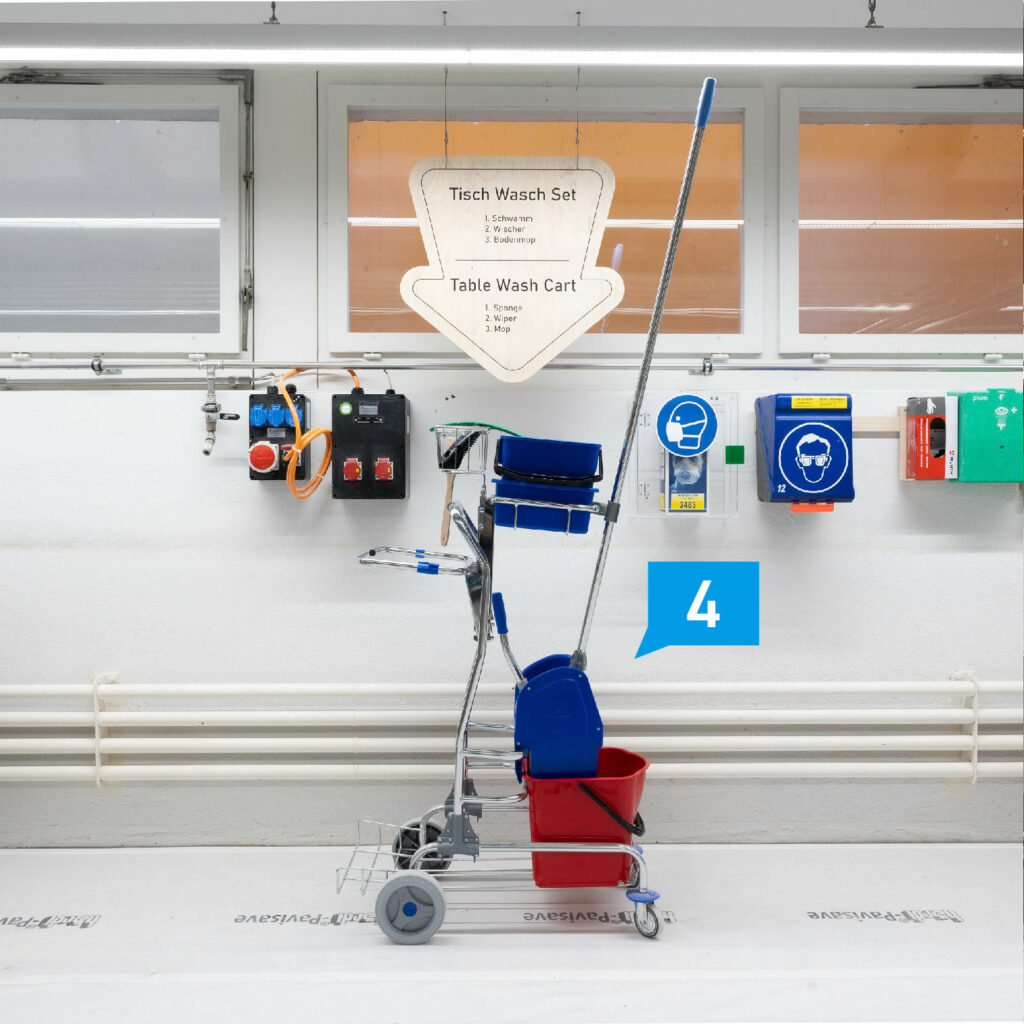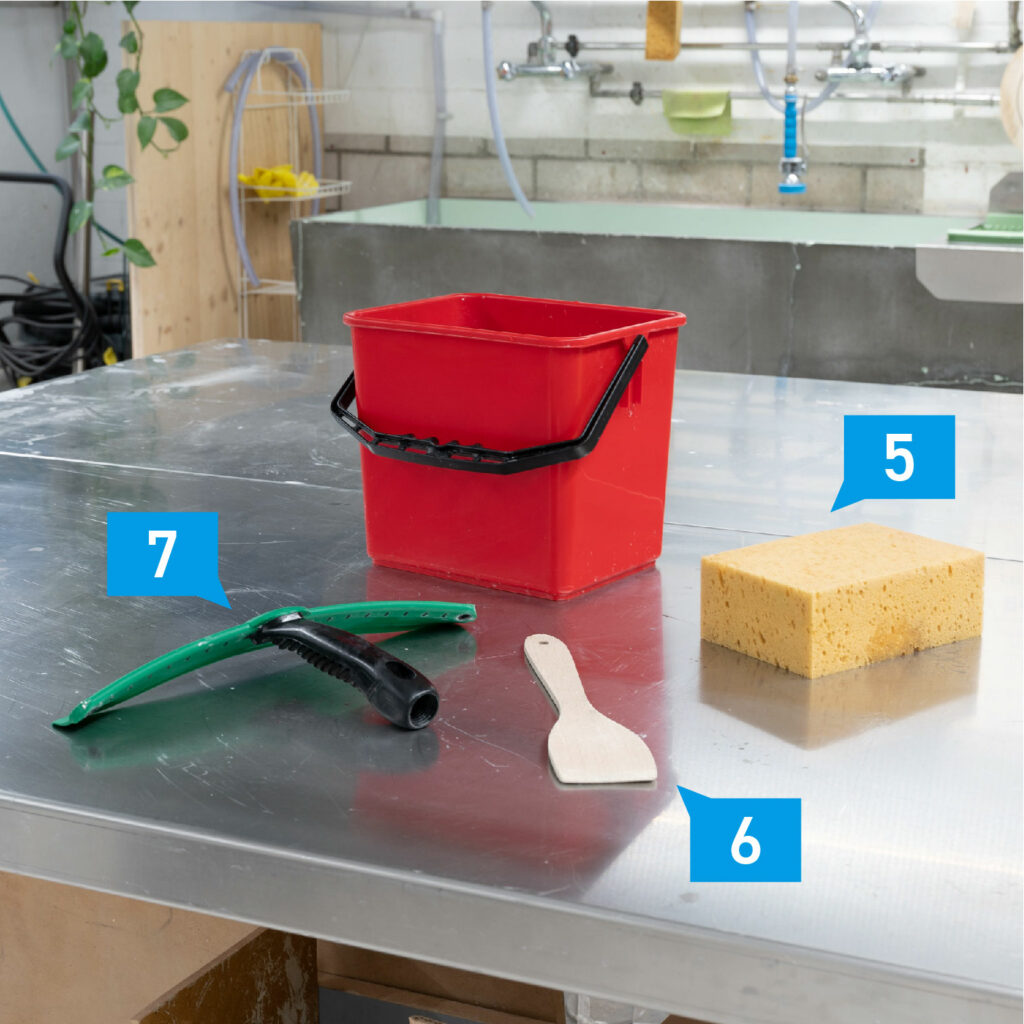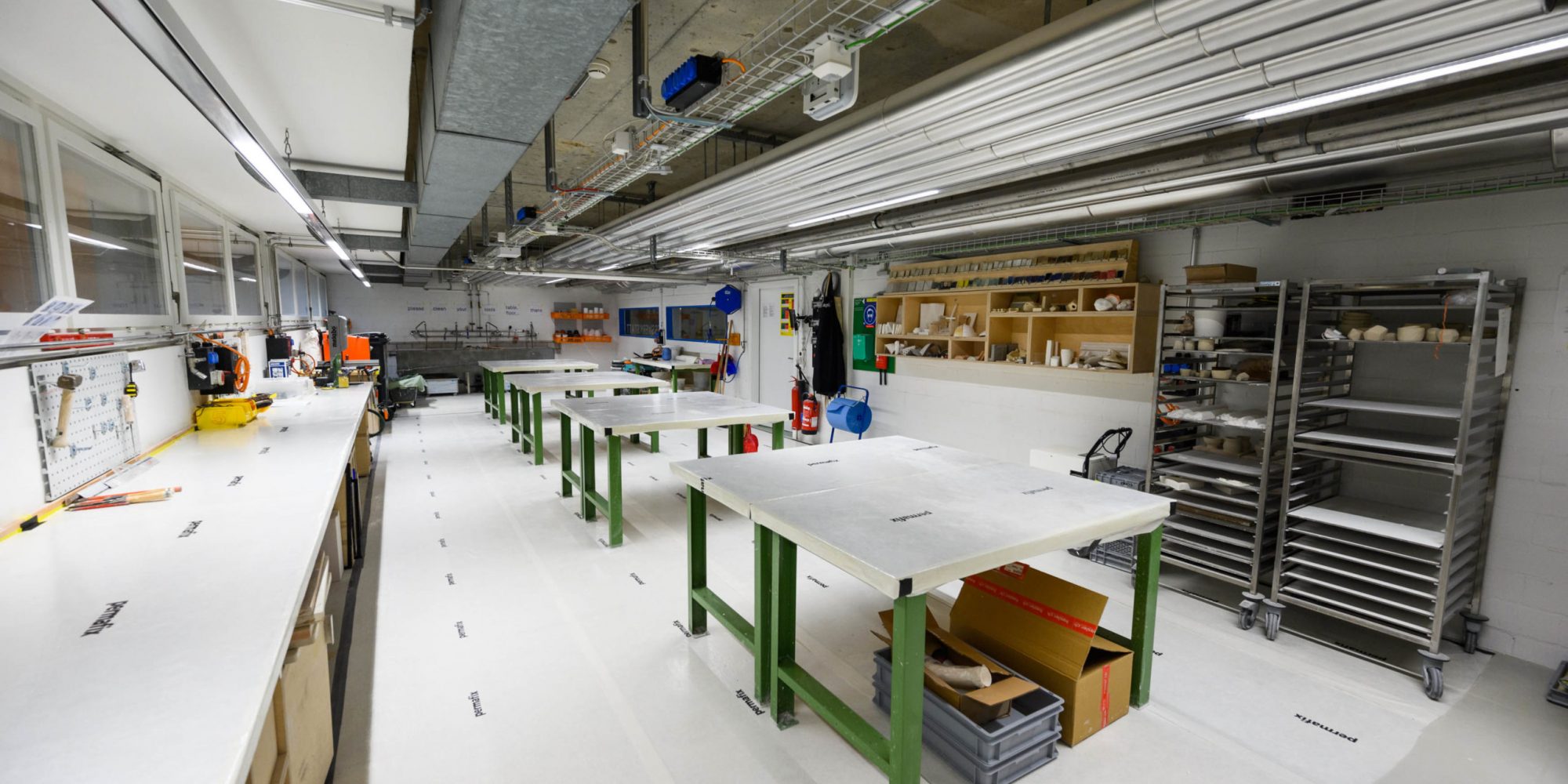
In the casting workshop, students can work with plaster, concrete, soapstone, ceramics, and other inert materials. After a two-part workshop introduction, various machines and tools are available to the students.
Plaster and ingredients to mix concrete can be bought directly in the workshop. Students must bring their own materials for formwork, tape, clay, and others.
Before you start your project: the workshop responsible person is happy to consult you for advice on materials, how to handle them, where to get them and how to work safely with them.
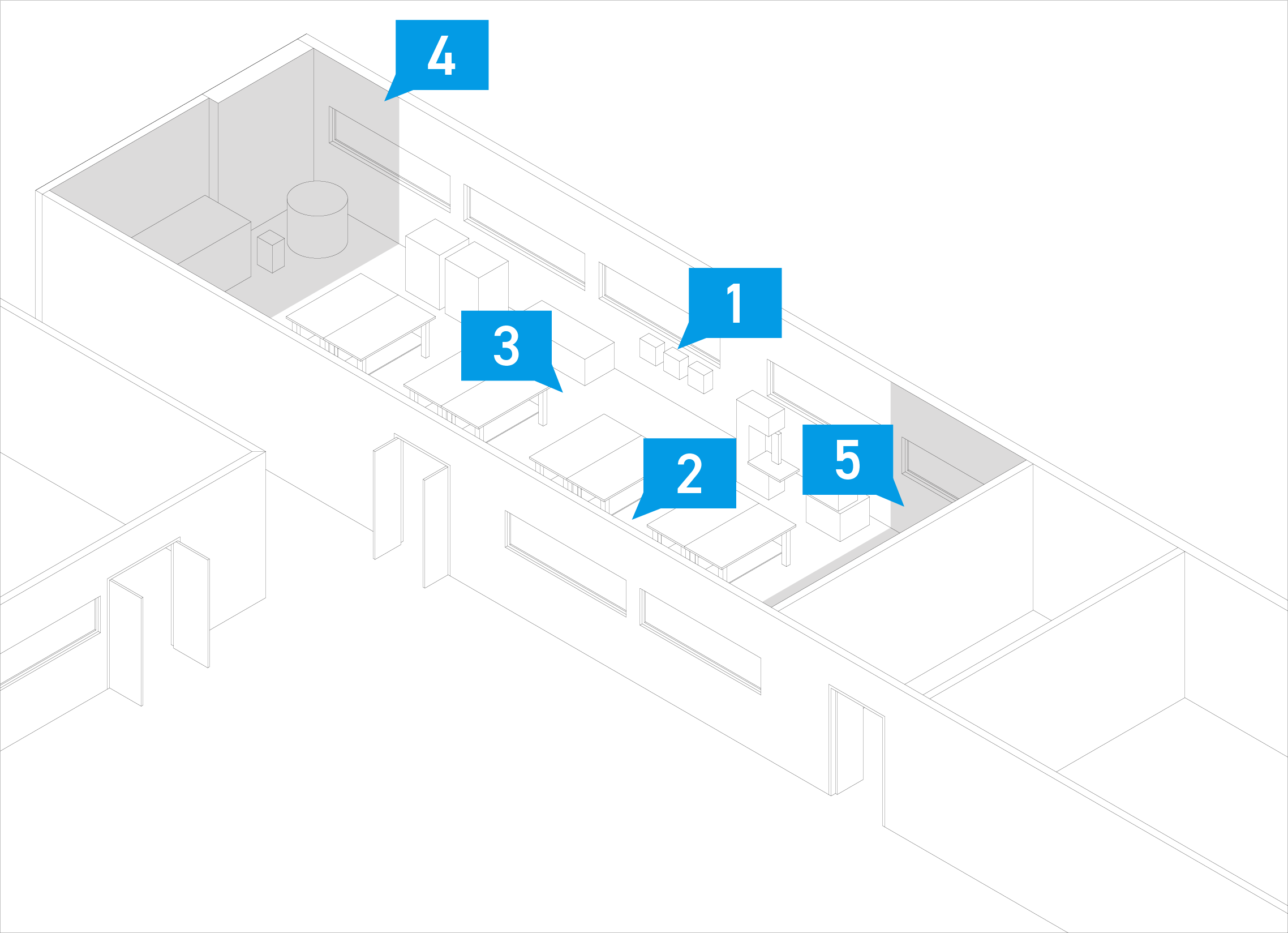
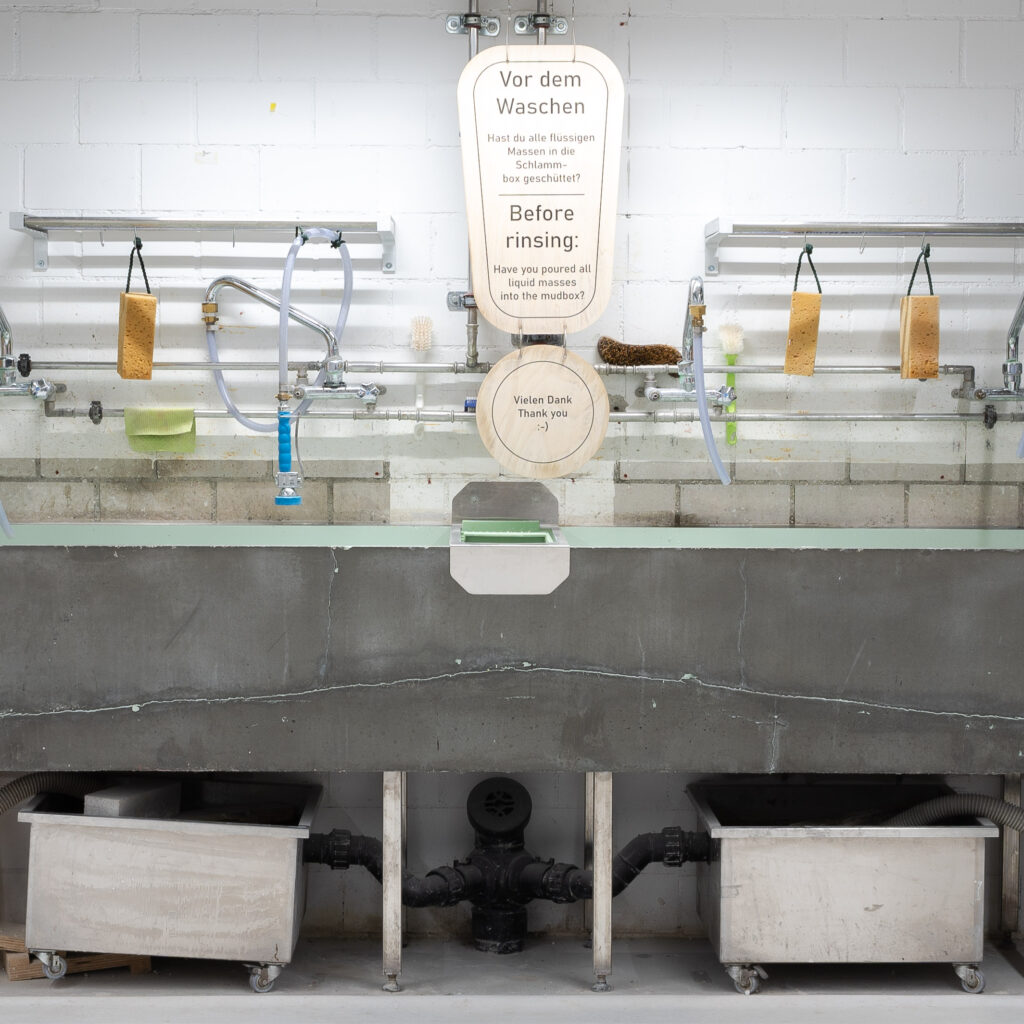
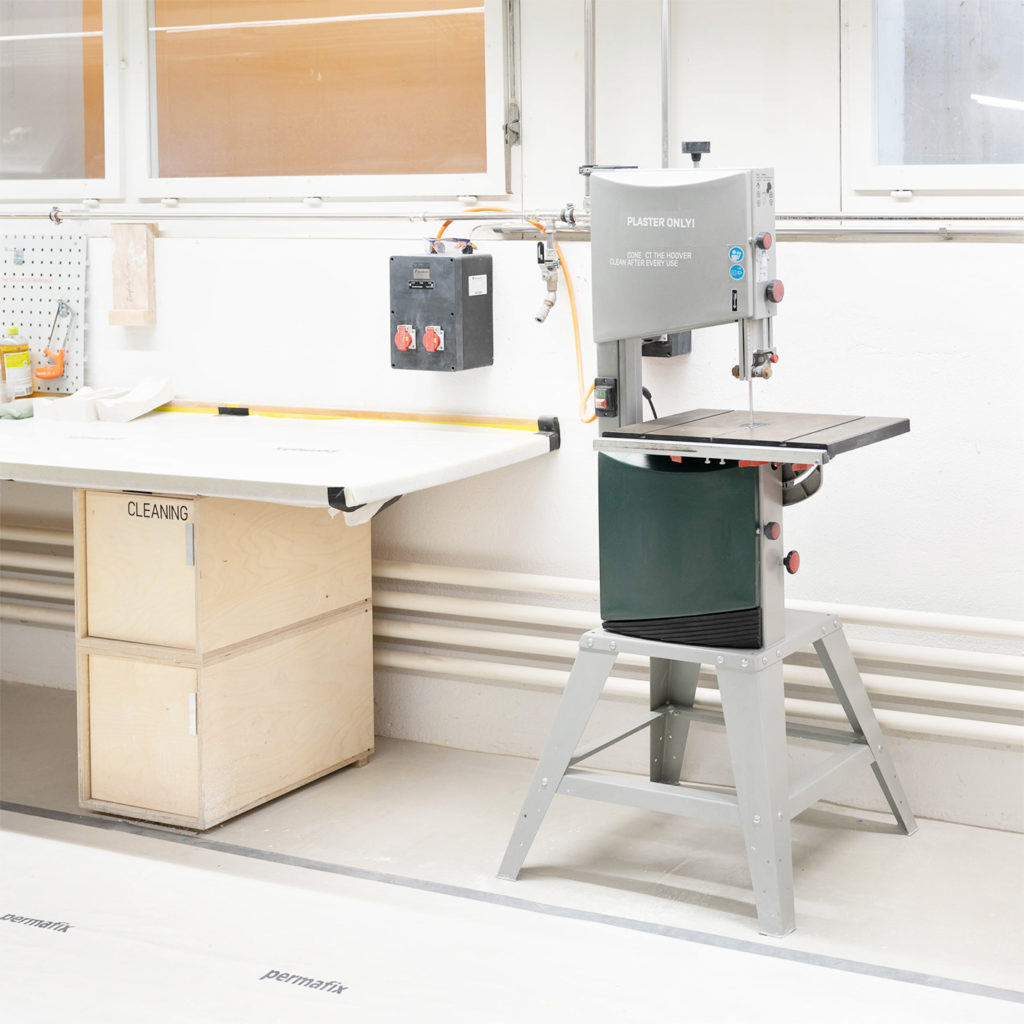
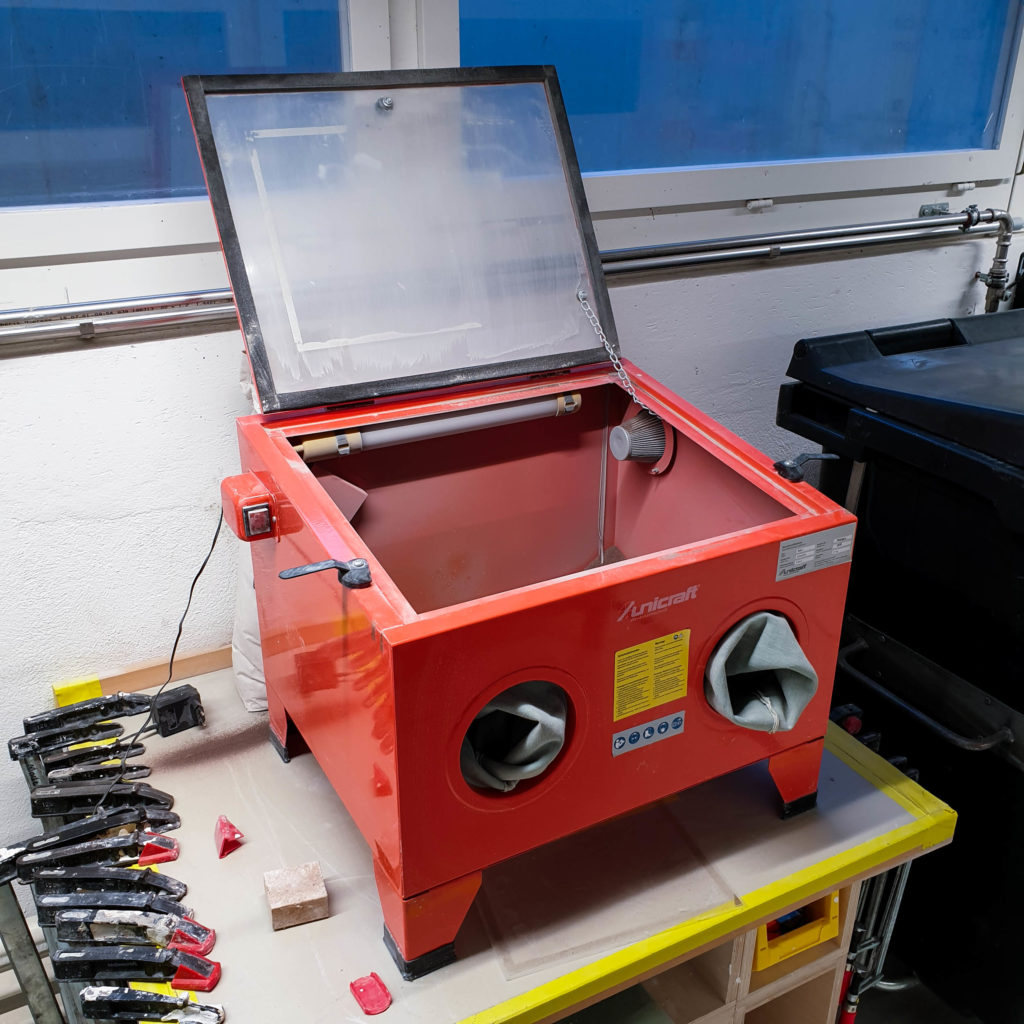
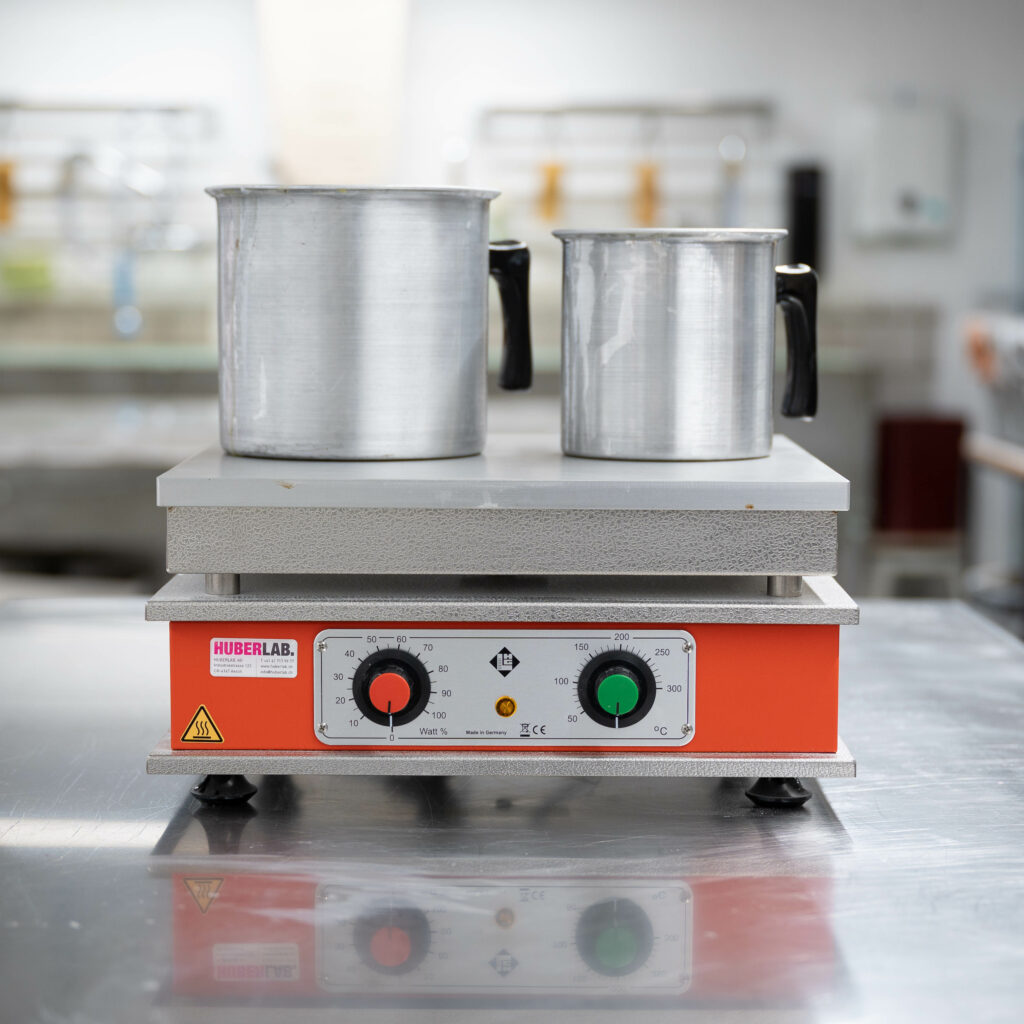
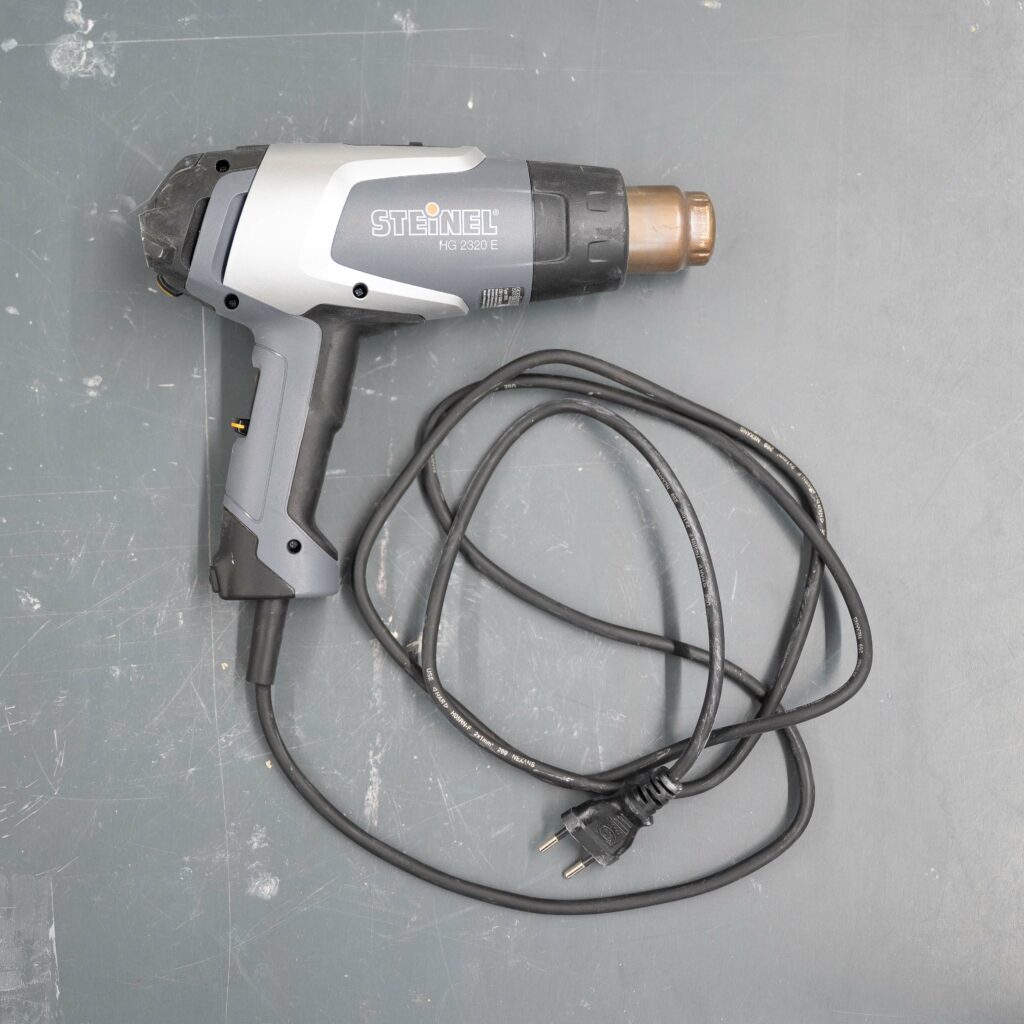
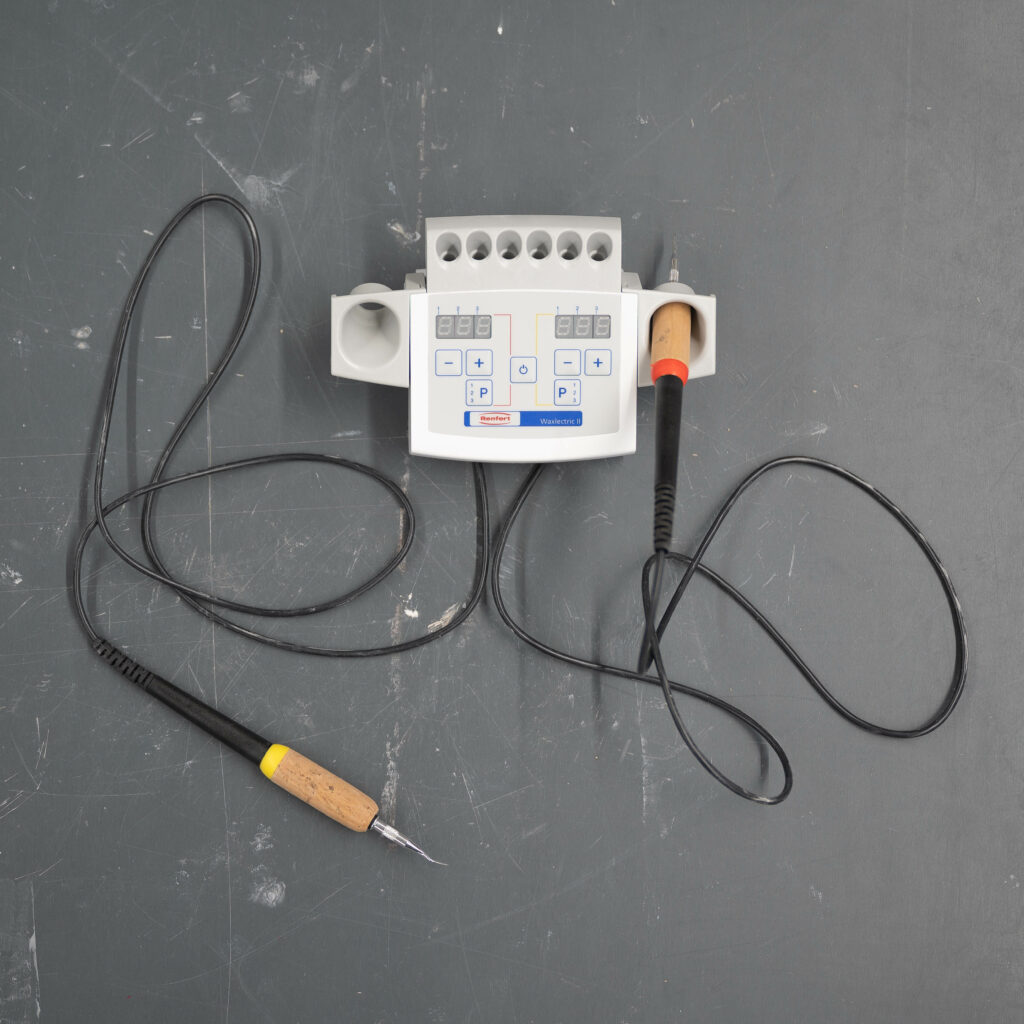

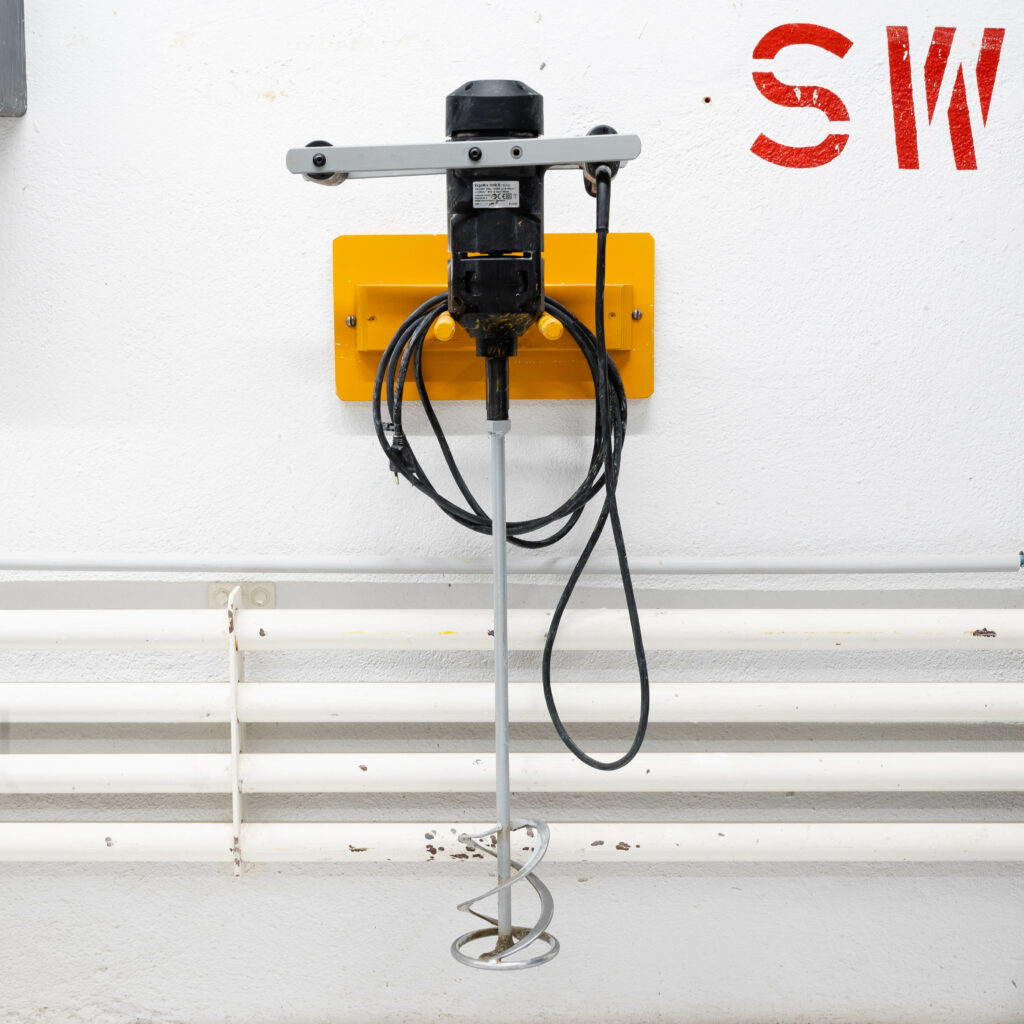
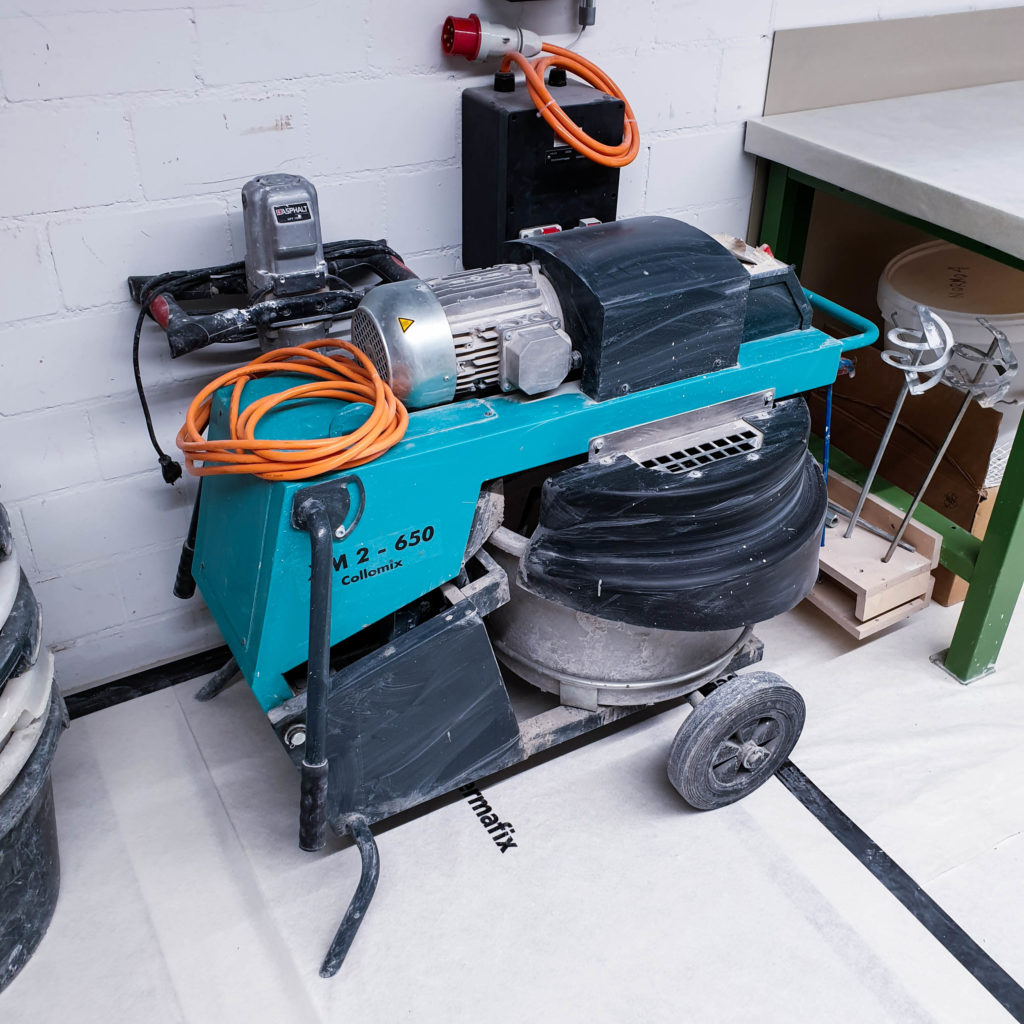
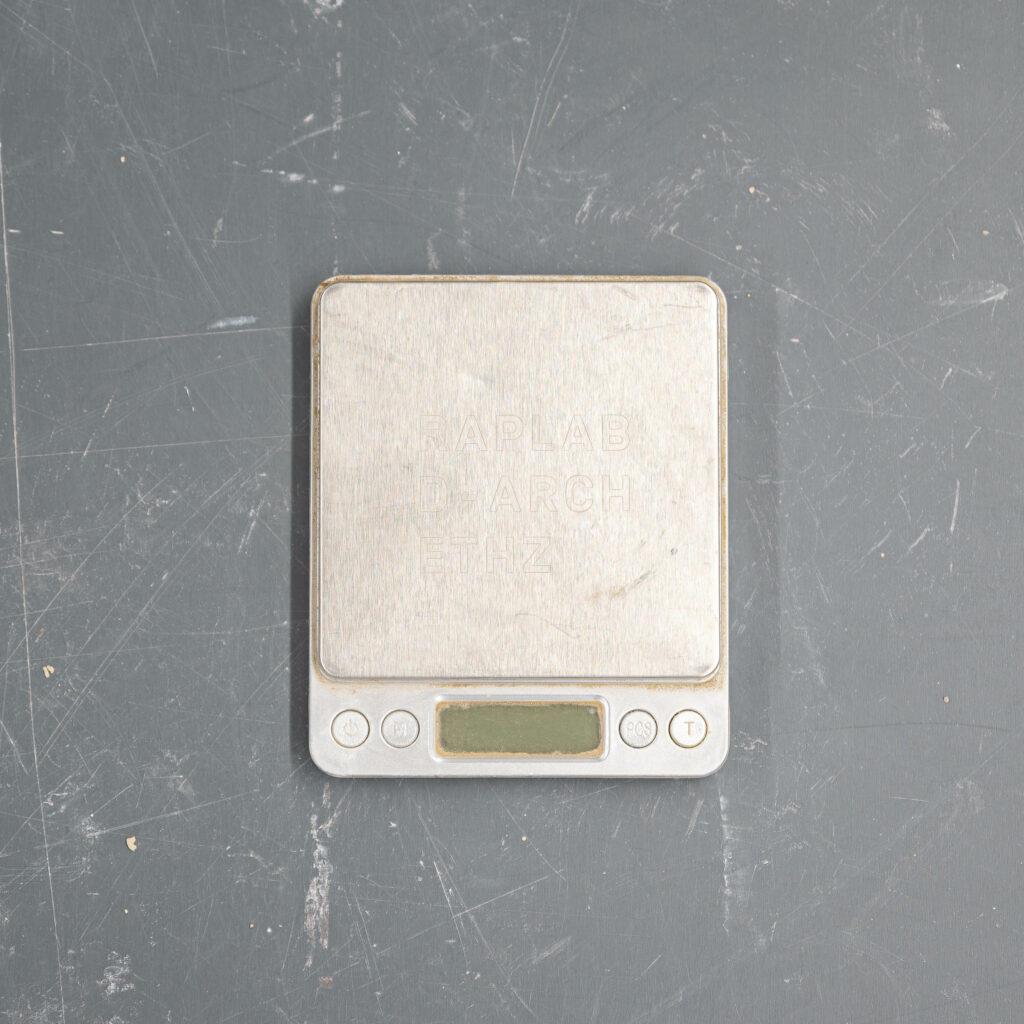

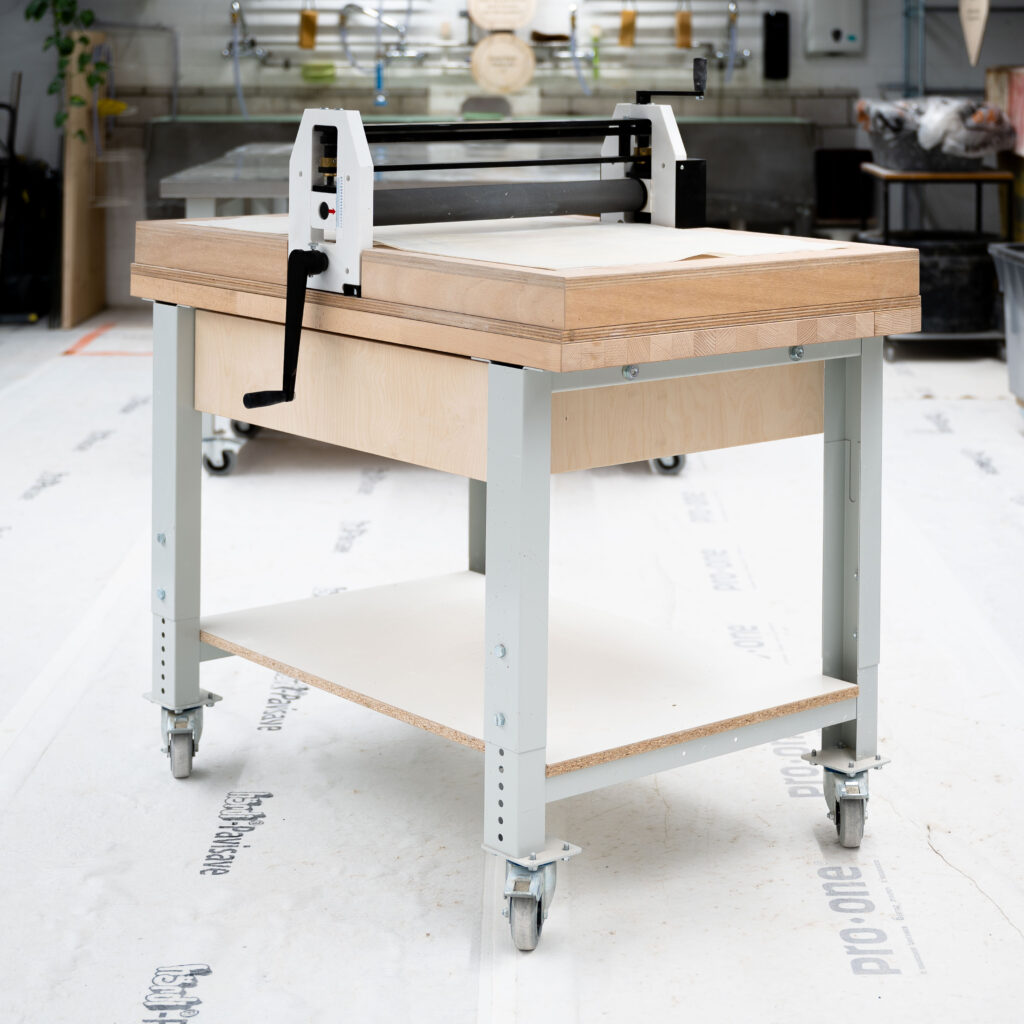
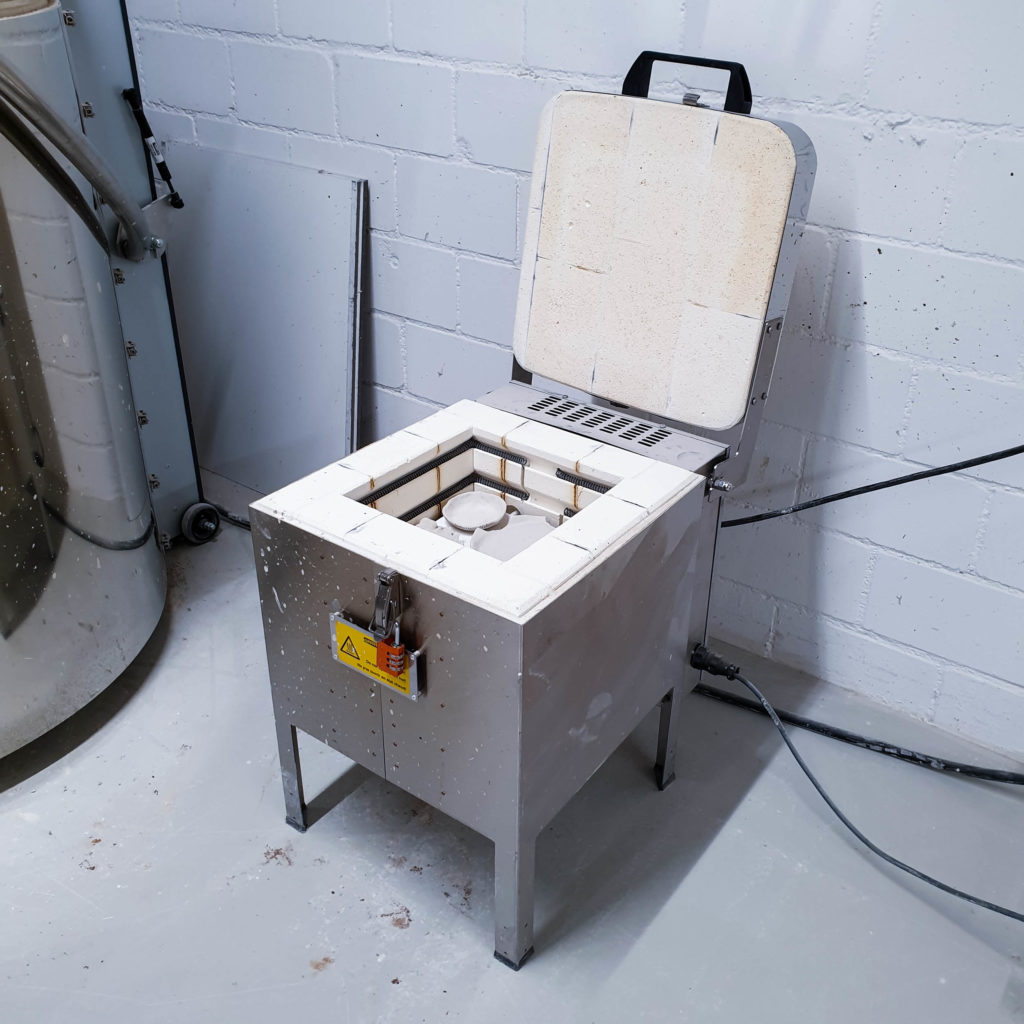
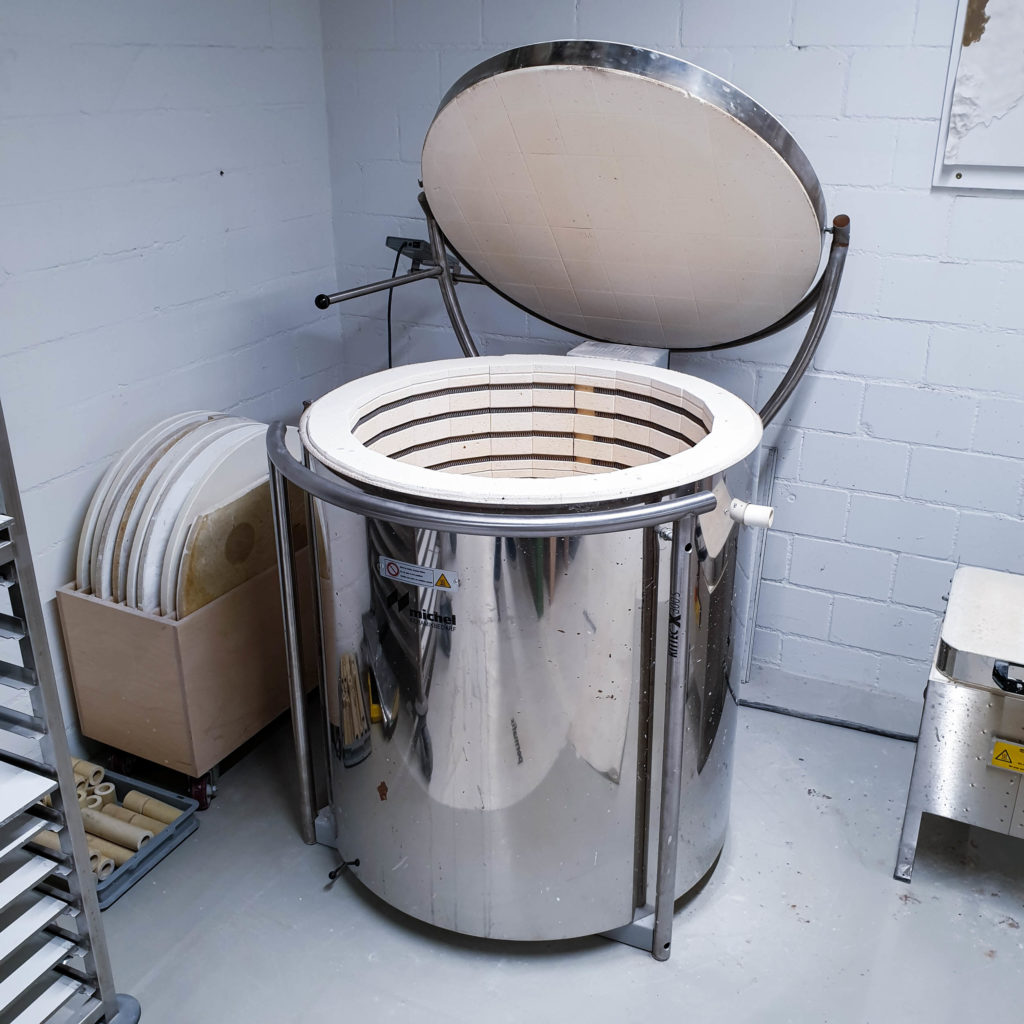
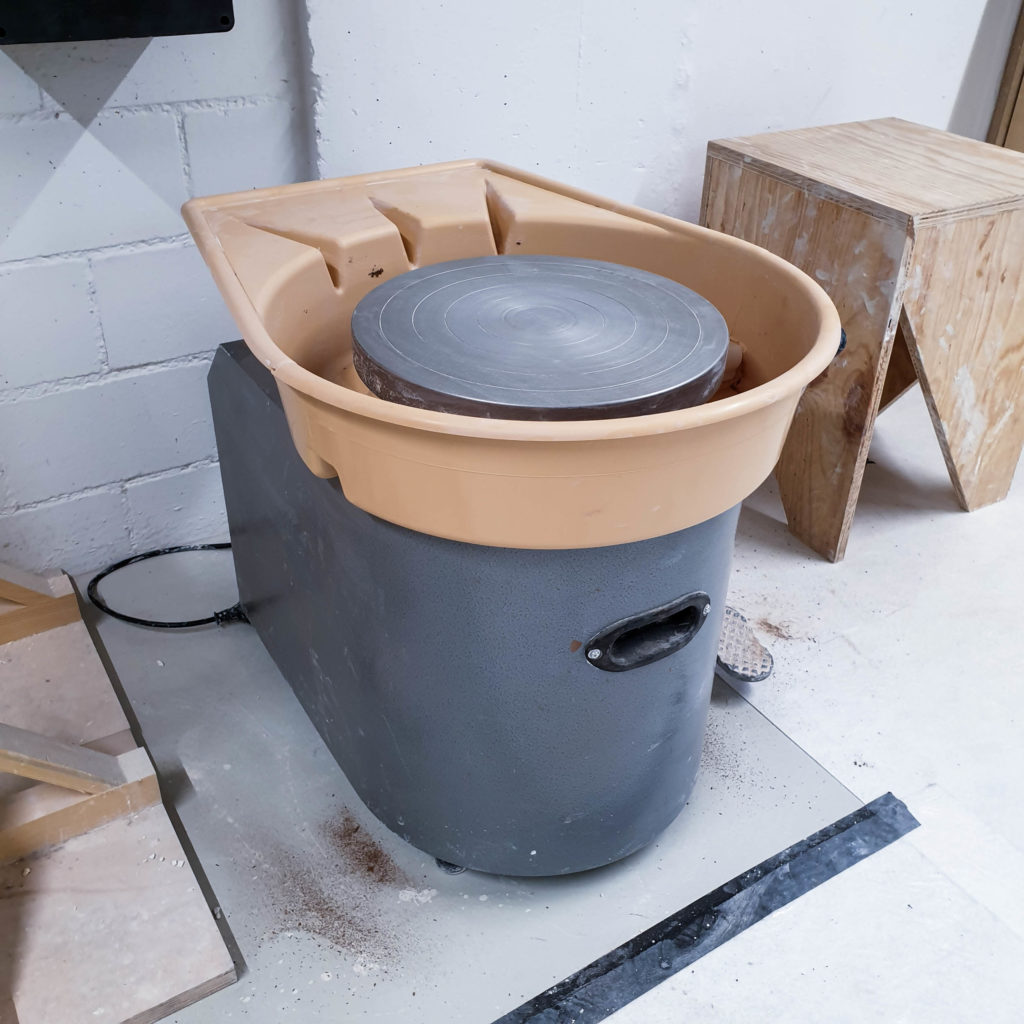
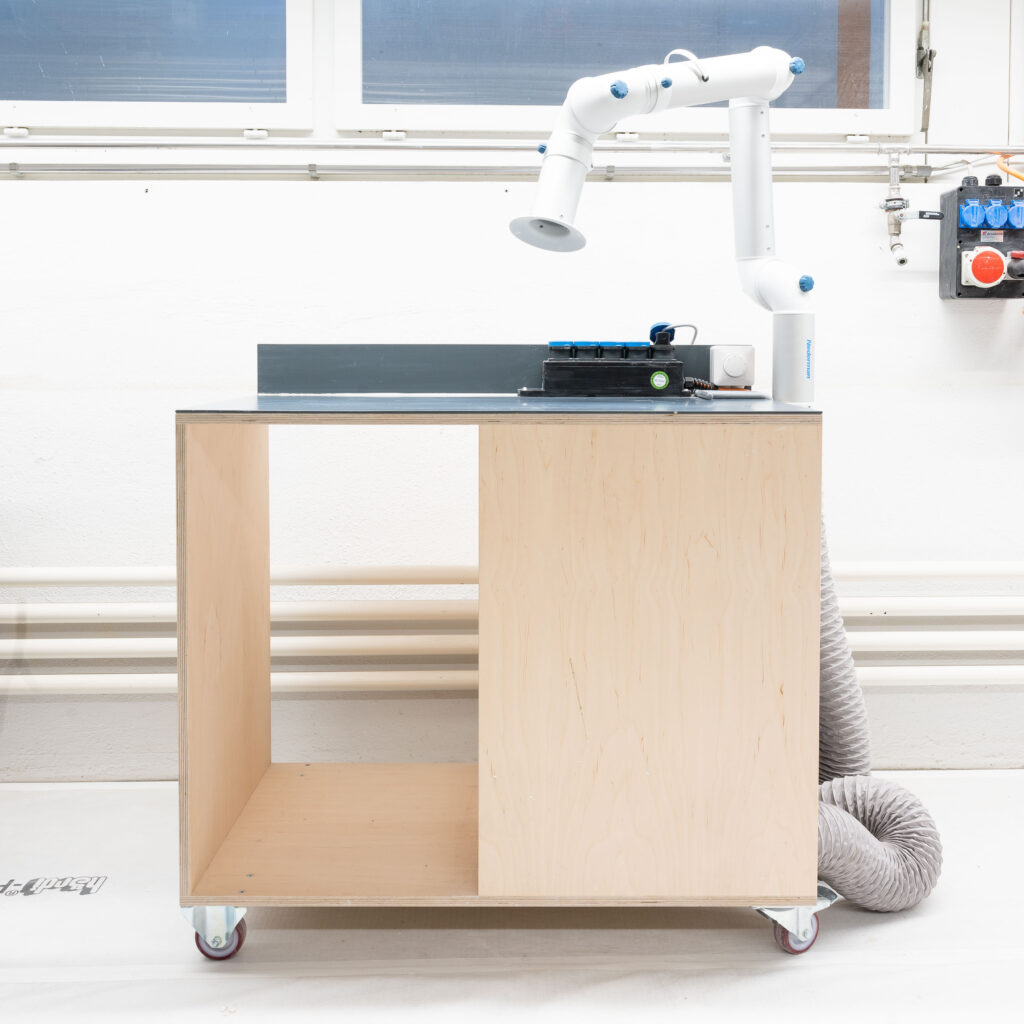
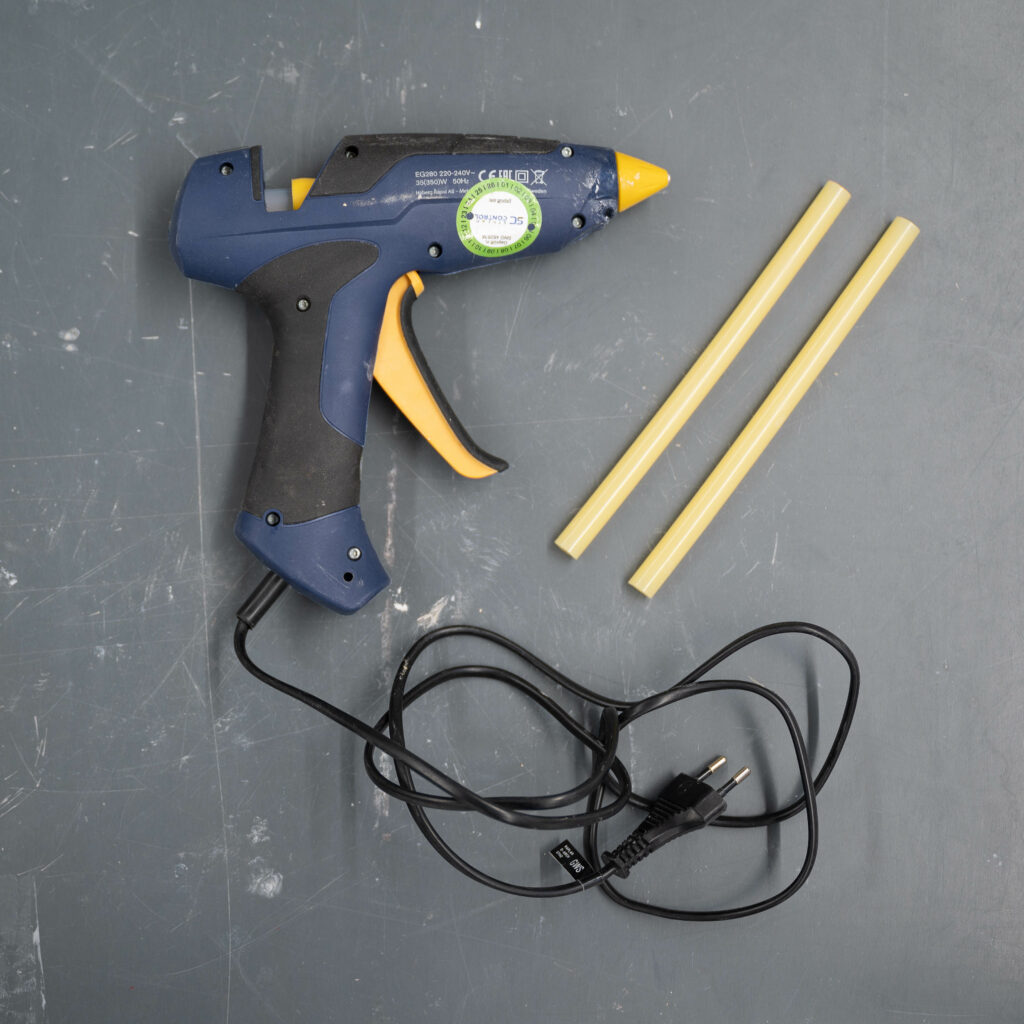
Users are expected to clean both tools and workspace after and during their work. This is a straightforward and fast task as long as the materials are still in their uncured state. Taking care of the tools and shared spaces ensures everyone has equal access to a great and sustainable work environment.
